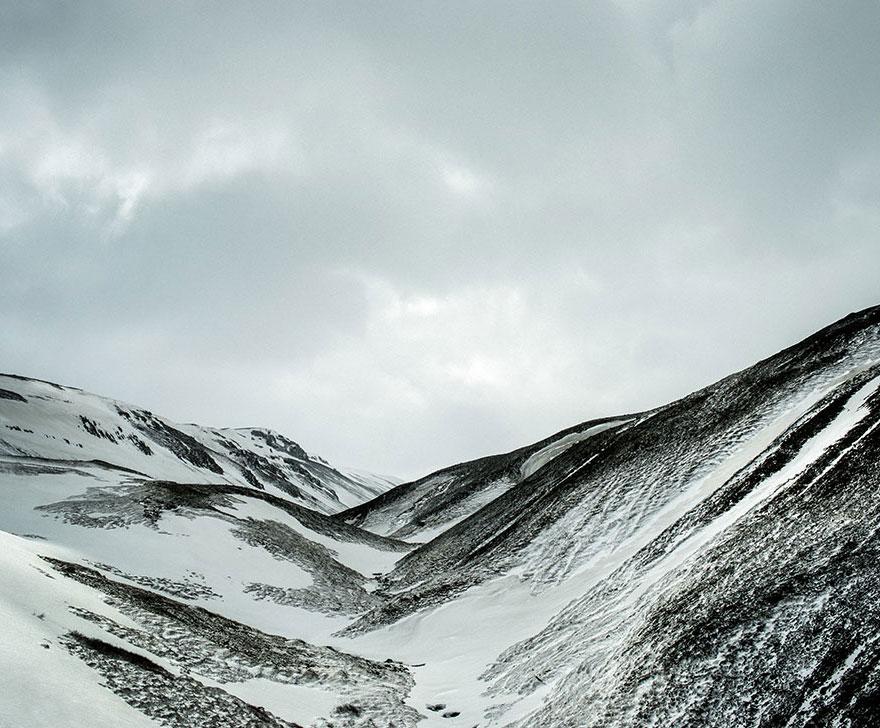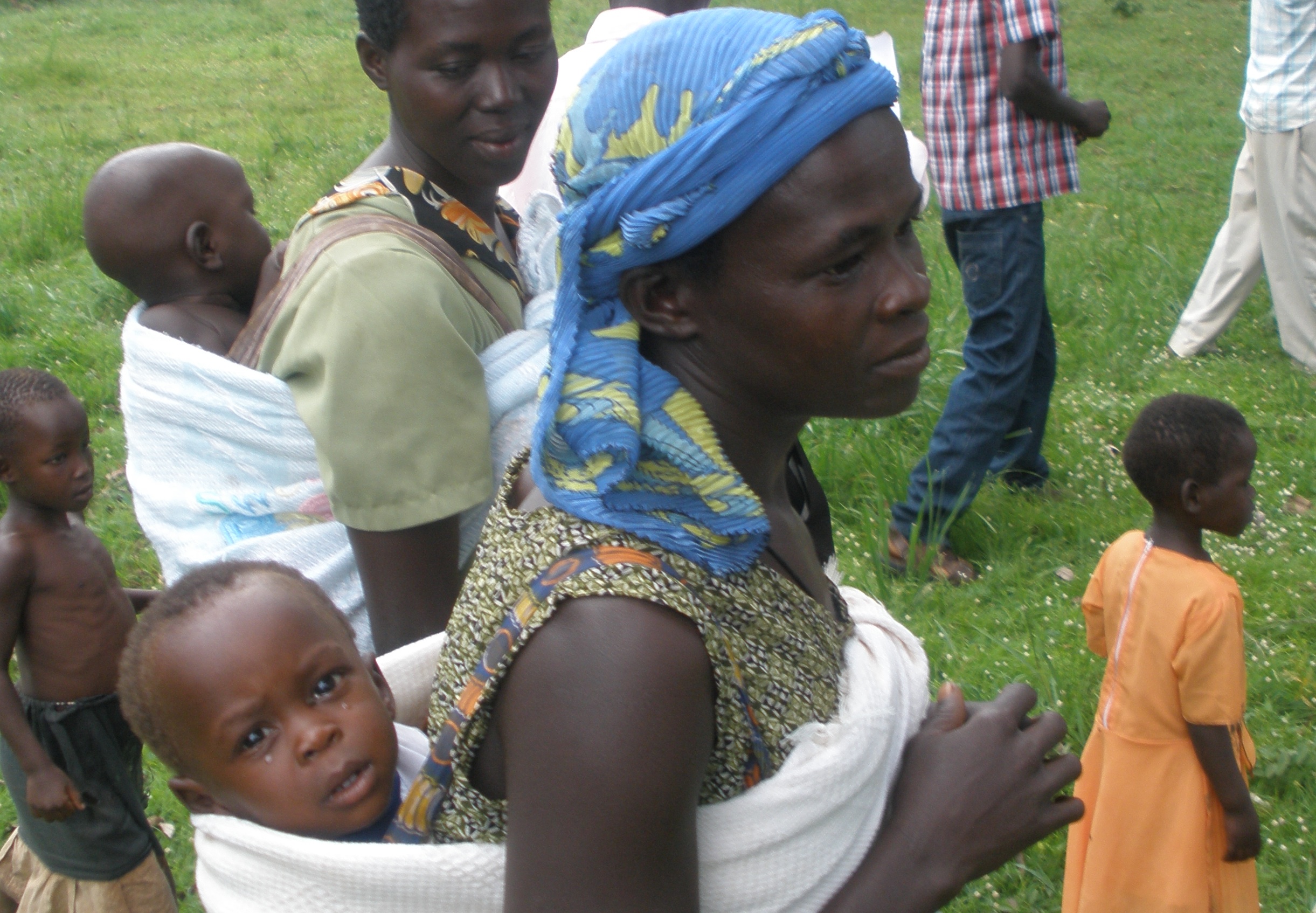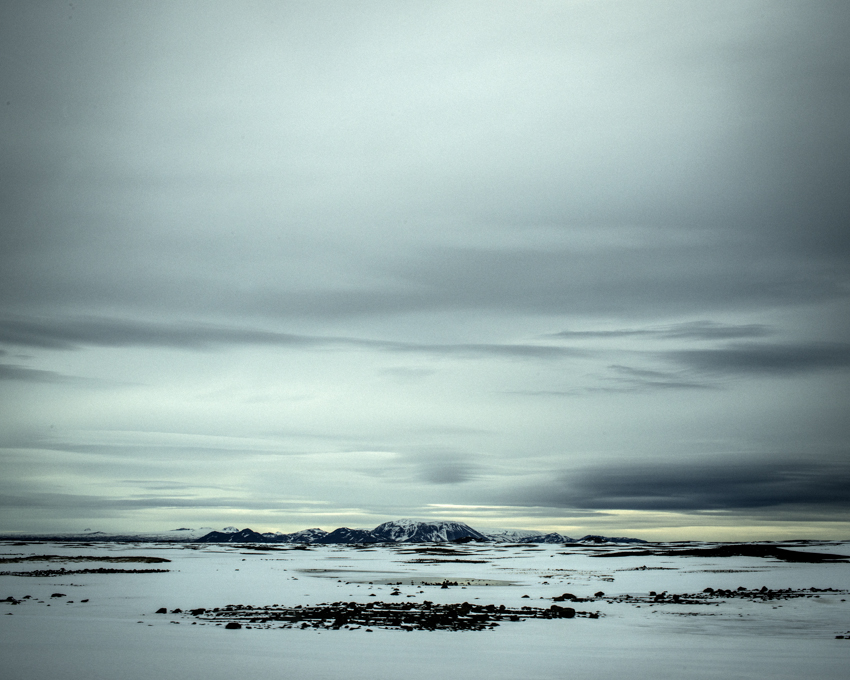
ARCTIC GOLF
Do the Chinese really want to build a luxury resort and golf course in a remote corner of northern Iceland? Or is this all camouflage for a bigger plan to control key shipping lanes across a rapidly melting Arctic? From Alaska to Norway, the earth's changing climate is most noticeable in the Arctic where warming temperatures have brought new crops, an influx of Chinese money and more than a few family feuds to this sparsely inhabited region.
In the first of a six-part series for the French daily Le Monde, Pulitzer Center grantee Yves Eudes looks at how climate change is reshaping the lives of Icelanders. "Over the years, Bragi and Elvar, who are distant cousins, have gotten along well together, but then everything changed one day in 2011," writes Yves. "They heard that a Chinese billionaire, Huang Nubo, wanted to buy the territory to build a luxury hotel with golf course, riding club, and a landing strip. Bragi was interested, but Elvar refused to hand over his property to anyone, and certainly not to a Chinese tycoon."
Yves continues his journey to Canada's far north Nunavut Territory, where residents are facing pressure to decide whether to allow French mining conglomerate Areva to dig for uranium, and then to a remote community in Greenland where the warming climate has suddenly made summer vegetable gardens a viable option. He also visits an indigenous community in Alaska and Russia long separated by Cold War politics and the Bering Strait.
In segments that will be published on our site this week, fellow Le Monde grantee Olivier Truc explores the impact of melting ice on communities in Russia and Norway. The series has been translated from the French by Anne Thurow.
A THOUSAND DAYS TO OUTRAGE AND INSPIRE
Meanwhile, Anne's husband and Pulitzer Center grantee Roger Thurow has launched his project blog, outragandinspire.org, on a website supported by the Chicago Council on Global Affairs. As Roger explains, "The spotlight will be on the 1,000 Days, the critical time of a woman's pregnancy through her child's second birthday. It is in these days when poor nutrition leaves 165 million children stunted, confined to lives that don't reach their potential (that's the outrage!), and it is in these days where some of the most innovative advances in the war on hunger are unfolding (that's the inspire!)."
In the first installment, Roger, a former Wall Street Journal foreign correspondent, describes the harrowing birth and first days of life for an infant girl born in rural India.
"To readers in the western world, this would seem like a nightmarish delivery, an ordeal out of a previous century. But in the rural villages of Uttar Pradesh, this mother's midnight ride was progress," writes Roger. "She went to a medical facility to give birth. She brought with her clean clothes to swaddle the baby. The newborn was swiftly and tenderly cleaned and immediately placed on the mother's chest, where breastfeeding began."
FADING INK
Former Pulitzer Center student fellow Yasmin Bendaas's exploration of the facial tattoos once common among Algerian women continues to draw interest from major media outlets. Most recently, Al Jazeera's website picked up Yasmin's reporting and striking photographs.
"In the Aures Mountains, the tattoos were considered enhancers of beauty when applied to the face and had therapeutic and healing purposes - particularly related to fertility - when found elsewhere on the body, such as above the ankle or on the back of the hand," writes Yasmin (Wake Forest '13). But the practice died out about half a century ago. "Today, tattooed women say Islam's prohibition of tattooing is the primary reason for the loss of the tradition, along with changing perceptions of beauty."

The story of 1,000 days–the vital period from the beginning of a woman's pregnancy to her child's...






